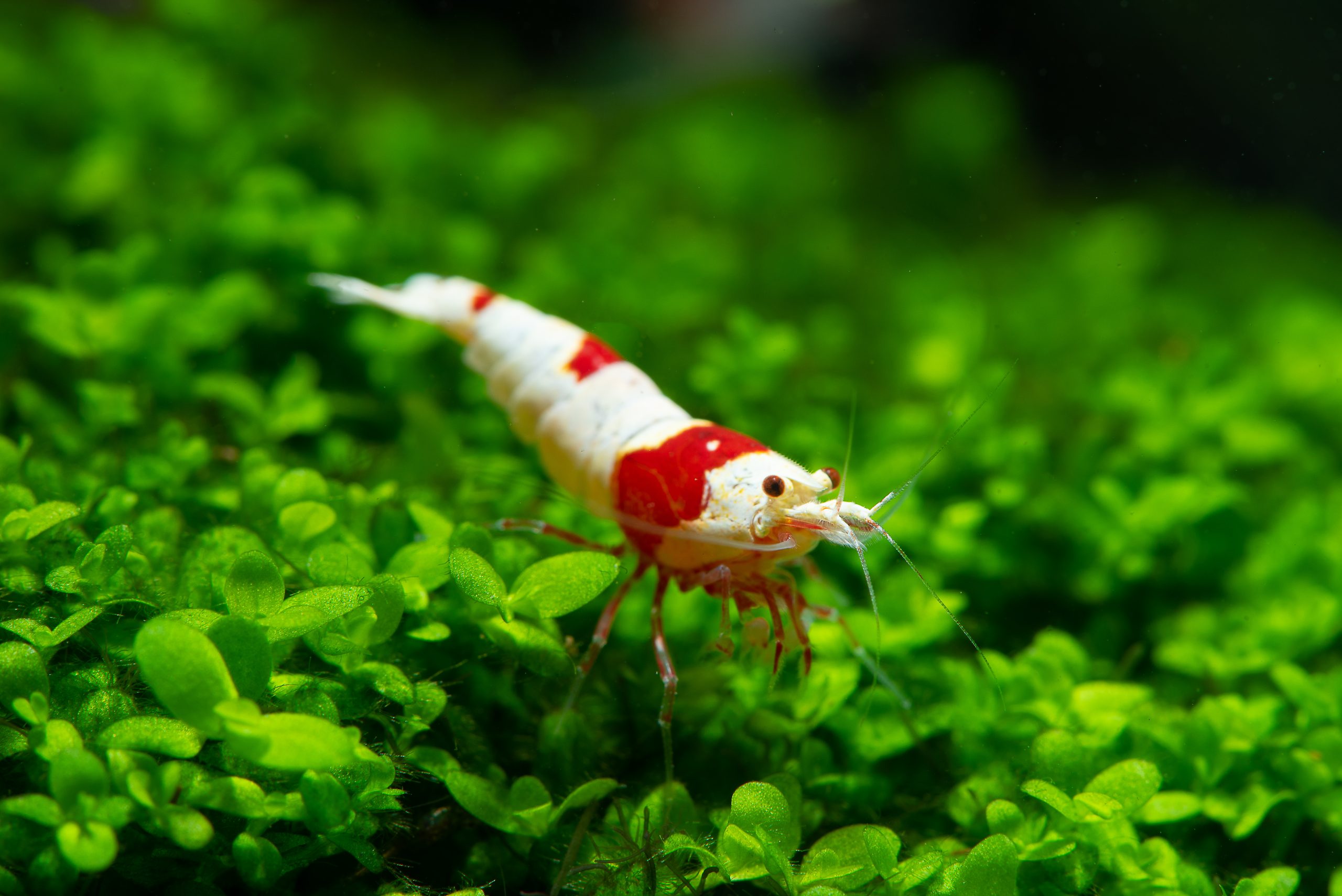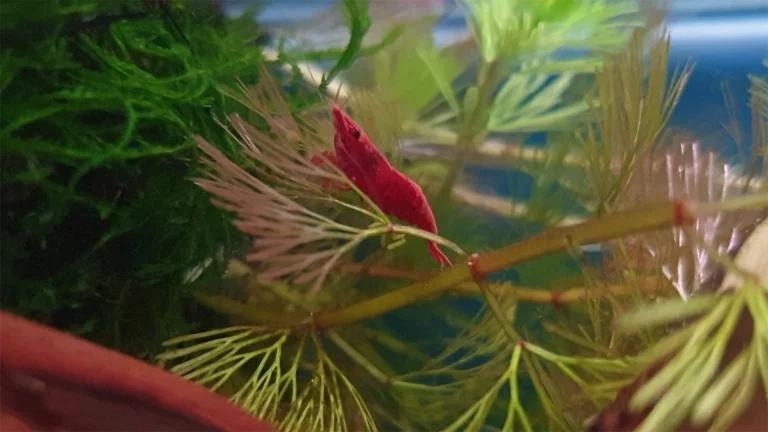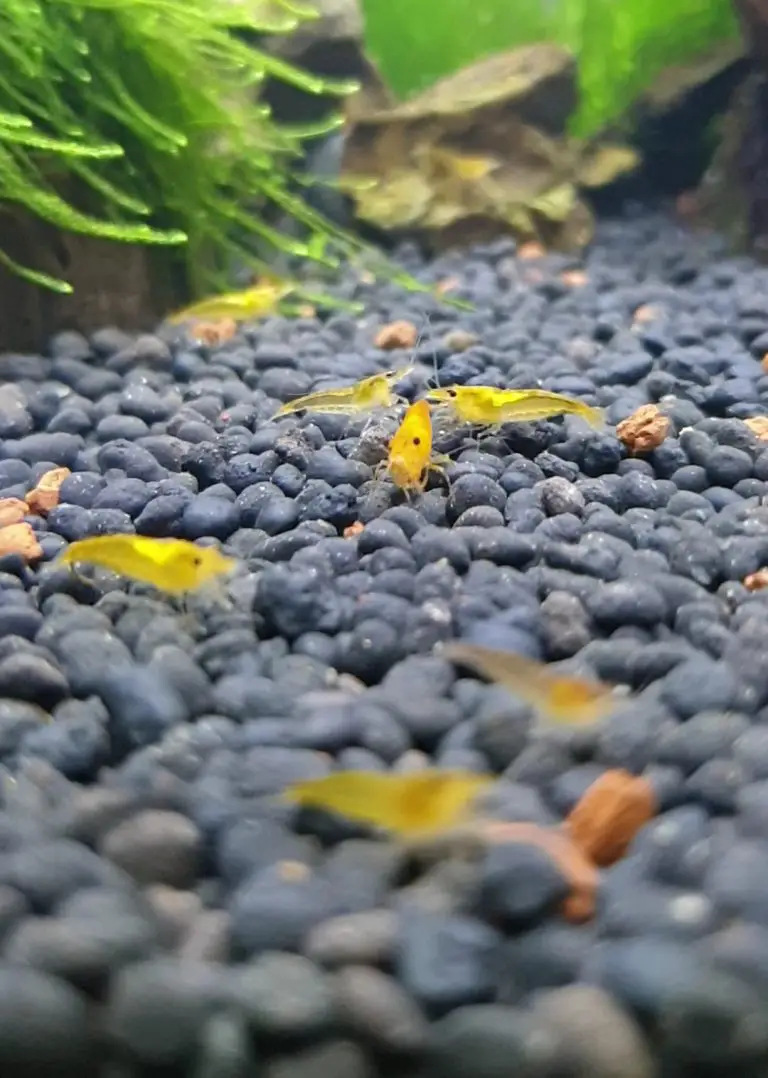7 TIPS FOR KEEPING SHRIMPS
Shrimp keeping is one of the most well-known hobbies among the fish keeping community. Shrimps are beautiful creatures that come in various vibrant colors and types. But however, we need to consider some things while keeping these shrimps in our aquarium. we need to keep only single type of shrimp (Caridina Shrimp or Neo-Caridina Shrimp), Keep Steady water parameters, Drip Acclimate the shrimps, providing sufficient hiding space, and maintaining the needed pH scale of water in your tank.
So, here are ‘7 Tips’ that we’d like to share from our experiences of shrimp keeping:
1. One Type of Shrimp Per Aquarium
It is important that you have a designated aquarium available for each type of shrimp species. Each ‘species’ tend to have ‘different temperature requirements’ and ‘water parameters’. For example, Cherry Red Shrimps can survive at a colder temperature compared to Crystal Red Shrimps.
It is likely that if you keep 2 different types of shrimps together, one of them shall die while the other shall thrive in your aquarium conditions.
So it is important to have 1 dedicated tank for each shrimp species that you have. In addition, if you keep the same species of shrimp with different colors, they would lose their color over a period of time by breeding with each other.

2. Perform Background Research
Try to understand the type of shrimp that you want to keep and do your research around the species of shrimp that will suit your tank environment or the shrimp that is most suitable for you as a beginner or a pro.
Understand the diet of your shrimp and the parameters that are suitable for them. Therefore, please do a background check on the species of shrimp that you would like to buy for your tank.
3. Steady Water Parameters
Shrimps are known to be very delicate and fragile to water parameters in the tank. These guys need a very ‘steady environment’ with water pH scale between 6.8-7.5, GH 4-6, a lower KH and temperatures within 64F-76F.
Frequent fluctuations in the water temperature or pH will result in distressing the shrimps and causing the death of your shrimps.
4. Drip Acclimate the Shrimps
Never forget to ‘Drip Acclimate’ the shrimps when you get it from the store or any other source. Without it, there is a high chance that your shrimps might die within a period of a few days after putting them in a new tank.
I have made this mistake in the past, so make sure that you do not do the same as it causes a fast death of your shrimps.
This is because the ‘shrimps’ are very fragile and get easily ‘distressed’ when you move them from 1 environment to another ‘with no proper water acclimation’.
Make sure you perform Drip Acclimation for at least a few hours before putting them in the new tank as it helps their tiny body to acclimate to the new environment in a better and efficient way.

5. Add Java Moss
Adding Java Moss to your aquarium will only create a much beautiful environment for your fish and also provide ‘hiding spaces for your shrimps’ and provide ‘Micro bacteria’ that the shrimps can eat when there is not enough food for them.
Java moss is available at almost every pet store or online pet store at a cheap price. Java moss is the key to having a successful shrimp aquarium where the shrimps are ‘feeling safe and secure.

6. Hiding Space
Makes sure that your shrimp tank has plenty of hiding spaces like the shrimp hideouts to hide and also allows the newborn to be safe from bigger fish in the tank. The hideouts also act as a refuge and relaxation for the shrimps, making the shrimps feel secure and safe.
Also if you want to grow your shrimp population, having hiding places is useful. After molting, adult female shrimp tend to want to hide. During this period they tend to be fertile and when they hide, the male shrimp can easily trap them and mate with the female to produce offspring. Molting is the process in which shrimp shed their outer skin (shell).

7. pH Scale
It is very healthy to make sure that you have the right pH (acidity levels) of water in your aquarium before adding the shrimps. Most Shrimps live healthily and like water that has a pH of 6 – 7, as shrimps tend to like the water a little acidic. Anything below 8, and they might have a shorter lifespan or even turn unhealthy very quickly.






3 Comments
Comments are closed.